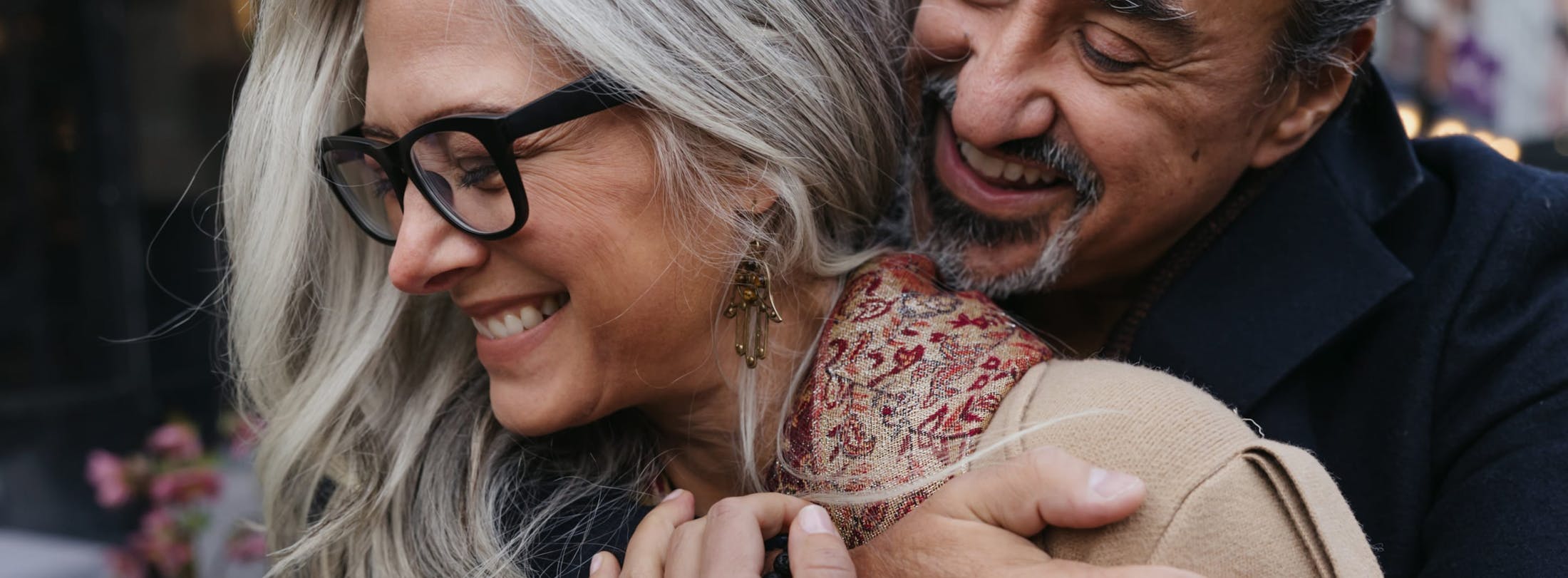Read our knee questions and answers for insights into knee health, treatments, and recovery.
What are the common causes of knee pain?
Common causes include osteoarthritis, rheumatoid arthritis, meniscal tears, ligament injuries, patellar tendinitis, bursitis, fractures, dislocations, and iliotibial band syndrome. Overuse, sports injuries, and age-related wear and tear can also lead to knee pain.
What is a meniscus tear, and how is it treated?
A meniscus tear is a common knee injury where the cartilage between the thigh and shin bones tears, causing pain and swelling. Treatment ranges from rest and physical therapy for minor tears to surgical repair or debridement for more severe cases.
What is knee arthroscopy?
Knee arthroscopy is a minimally invasive surgical procedure used to diagnose and treat issues inside the knee joint. It involves small incisions and the insertion of an arthroscope (a small camera) for a detailed view and treatment of knee problems.
How long does it take to recover from knee surgery?
Recovery time varies depending on the type of surgery. Arthroscopic procedures typically have a shorter recovery time of a few weeks, while total knee replacement may require several months for complete recovery.
What are the signs that I might need knee surgery?
Signs include persistent knee pain that interferes with daily activities, severe knee damage from arthritis or injury, and lack of improvement with other treatments like medication or physical therapy.
How does osteoarthritis affect the knee?
Osteoarthritis is the wear and tear of joint cartilage, leading to pain, stiffness, and swelling in the knee. It’s common in older adults and can significantly impact mobility and quality of life.
Can knee function be restored after a total knee replacement?
Yes, total knee replacement aims to relieve pain and restore function. Most patients experience significant improvement in mobility and reduction of pain, although the knee may not feel entirely “natural.”
What is a partial knee replacement?
Partial knee replacement involves replacing only the damaged part of the knee joint, preserving as much of the natural knee as possible. It’s suitable for patients with damage limited to one area of the knee.
What should I do if I experience knee pain during exercise?
If you experience knee pain during exercise, stop the activity and rest the knee. Apply ice to reduce swelling and consider over-the-counter pain relief. If discomfort persists, consult a specialist for a professional evaluation.
How effective is physical therapy for knee problems?
Physical therapy is highly effective for many knee problems, especially when started early. It helps strengthen the muscles around the knee, improves flexibility, and reduces pain and stiffness.
When should I see a doctor for knee pain?
See a doctor if your knee pain is severe, persistent, or accompanied by significant swelling, redness, tenderness, or if you’re unable to bear weight on the knee.
What knee pain symptoms could indicate the need for treatment?
Patients with a knee condition may experience:
- Constant pain that worsens with activity
- Inability to bend or straighten the knee
- Loss of motion
- Swelling
- Stiffness
- Aching
- Redness
- Deformity around the knee area
- Difficulty walking
How is an ACL injury treated?
Treating a torn ACL varies depending on the patient’s individual needs. While a torn ACL cannot heal without surgery, elderly patients can often find relief from nonsurgical treatments such as bracing or physical therapy.
Surgery to repair a torn ACL is not usually performed until several weeks after the injury when swelling and inflammation have subsided. The torn ligament is completely removed and replaced with a new ACL, as simply reconnecting the torn ends will not repair the ligament. The replacement ligament is usually grafted from another part of the knee or hamstring.
What is patellar tendonitis?
Tendonitis in the knee joint most often affects the patellar tendon, which connects the kneecap to the shin bone and aids in the extension and strength of the knee. Patellar tendonitis occurs when the patellar tendon and surrounding tissues become inflamed and irritated as a result of overuse. This condition often develops from excessive jumping and is sometimes referred to as “jumper’s knee.” Patients with patellar tendonitis may experience pain in the kneecap that is worse with activity and swelling around the knee as well.
How is knee tendonitis treated?
Treatment for patellar tendonitis usually begins with conservative methods such as rest, applying ice, bracing, and anti-inflammatory medications to help reduce symptoms and restore the tendon to its regular state. Surgery is rarely needed to correct this condition and is only performed on patients with chronic tendonitis that involves a degenerative tendon.


